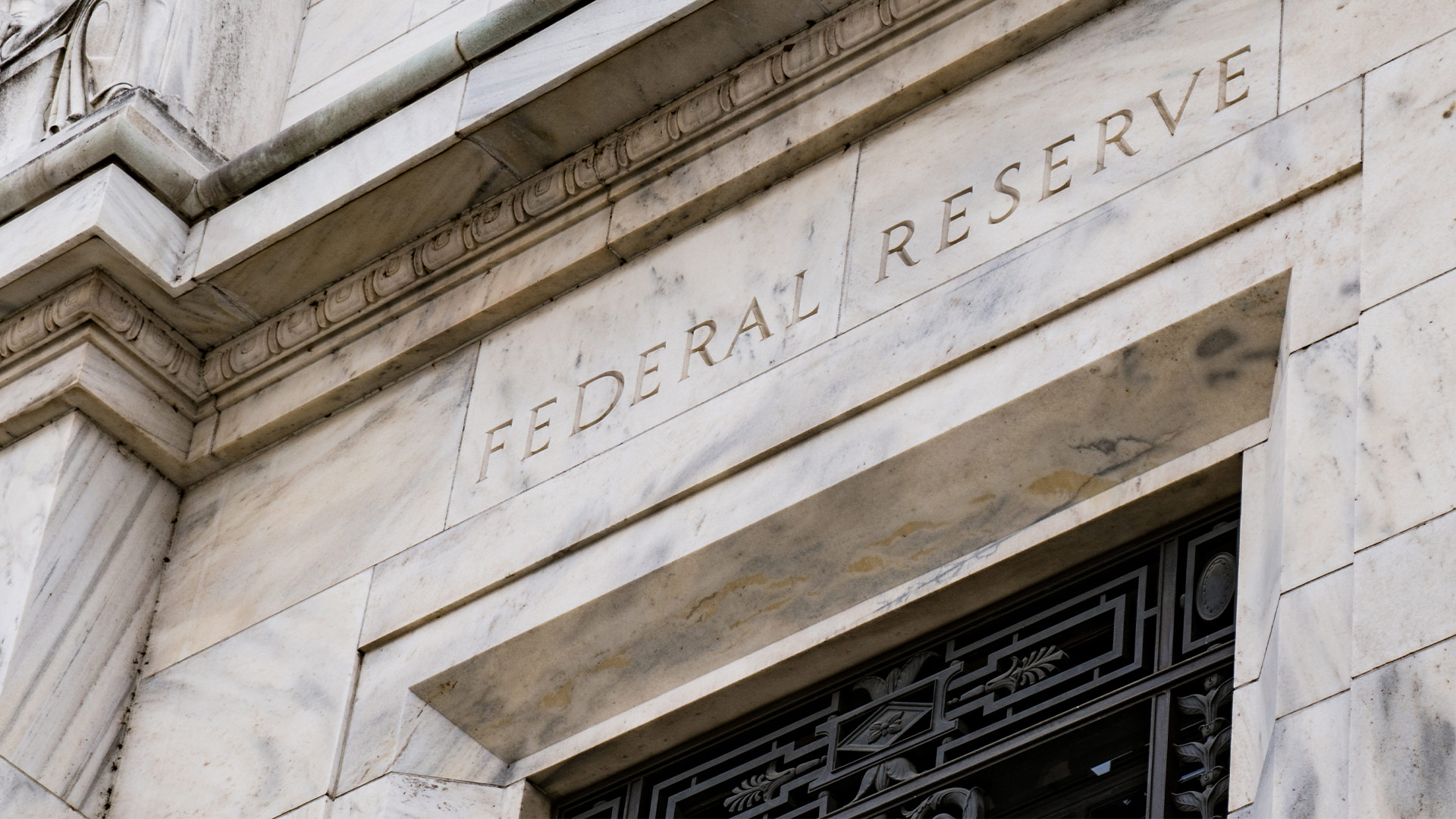
Today’s mortgage and refinance rates
Average mortgage rates inched higher yesterday. But that was a tiny rise off an all-time low. And, this morning, Freddie Mac said its weekly figures suggest, “Mortgage rates remain at record lows.”
For a while, these rates will likely rise and fall in line with optimism and pessimism over the chances of a pandemic stimulus package passing into law. First thing this morning, mortgage rates look set to fall a little or hold steady. But that could change during the day.
Find and lock a low rate (Dec 10th, 2020)Current mortgage and refinance rates
| Program | Mortgage Rate | APR* | Change |
|---|---|---|---|
| Conventional 30 year fixed | |||
| Conventional 30 year fixed | 3.063% | 3.063% | Unchanged |
| Conventional 15 year fixed | |||
| Conventional 15 year fixed | 2.75% | 2.75% | Unchanged |
| Conventional 5 year ARM | |||
| Conventional 5 year ARM | 3% | 2.743% | Unchanged |
| 30 year fixed FHA | |||
| 30 year fixed FHA | 2.125% | 3.1% | -0.88% |
| 15 year fixed FHA | |||
| 15 year fixed FHA | 2.125% | 3.065% | Unchanged |
| 5 year ARM FHA | |||
| 5 year ARM FHA | 2.5% | 3.226% | -0.01% |
| 30 year fixed VA | |||
| 30 year fixed VA | 2.813% | 2.99% | Unchanged |
| 15 year fixed VA | |||
| 15 year fixed VA | 2% | 2.319% | Unchanged |
| 5 year ARM VA | |||
| 5 year ARM VA | 2.5% | 2.406% | -0.01% |
| Rates are provided by our partner network, and may not reflect the market. Your rate might be different. Click here for a personalized rate quote. See our rate assumptions here. | |||
COVID-19 mortgage updates: Mortgage lenders are changing rates and rules due to COVID-19. To see the latest on how coronavirus could impact your home loan, click here.
Should you lock a mortgage rate today?
Recently, my advice has been to lock your rate only when you’re two or three weeks off closing. Because I think there may be more falls to come.
But mortgage rates are so extraordinarily low at the moment that nobody could blame you for grabbing them while you can. After all, some temporary rises are almost inevitable. And nobody can guarantee how temporary those will turn out to be.
But I still think it’s a reasonable bet that falls will outweigh rises for months to come. So, if you’re comfortable with risk, you might want to consider floating for a while.
See “Are mortgage and refinance rates rising or falling?” (below) for more details. Meanwhile, my personal rate lock recommendations are:
- LOCK if closing in 7 days
- LOCK if closing in 15 days
- FLOAT if closing in 30 days
- FLOAT if closing in 45 days
- FLOAT if closing in 60 days
But with so much uncertainty at the moment, your instincts could easily turn out to be as good as mine — or better. So be guided by your gut and your personal tolerance for risk.
Market data affecting today’s mortgage rates
Here’s the state of play this morning at about 9:50 a.m. (ET). The data, compared with about the same time yesterday morning, were:
- The yield on 10-year Treasurys fell to 0.92% from 0.95%. (Good for mortgage rates) More than any other market, mortgage rates normally tend to follow these particular Treasury bond yields, though less so recently
- Major stock indexes were lower on opening. (Good for mortgage rates.) When investors are buying shares they’re often selling bonds, which pushes prices of those down and increases yields and mortgage rates. The opposite happens when indexes are lower
- Oil prices rose to $46.72 from $46.05 a barrel. (Bad for mortgage rates* because energy prices play a large role in creating inflation and also point to future economic activity.)
- Gold prices fell to $1,852 from $1,858 an ounce. (Neutral for mortgage rates*.) In general, it’s better for rates when gold rises, and worse when gold falls. Gold tends to rise when investors worry about the economy. And worried investors tend to push rates lower
- CNN Business Fear & Greed index — Moved down to 75 from 85 out of 100. (Good for mortgage rates.) “Greedy” investors push bond prices down (and interest rates up) as they leave the bond market and move into stocks, while “fearful” investors do the opposite. So lower readings are better than higher ones
Caveats about markets and rates
Before the pandemic and the Federal Reserve’s interventions in the mortgage market, you could look at the above figures and make a pretty good guess about what would happen to mortgage rates that day. But that’s no longer the case. The Fed is now a huge player and some days can overwhelm investor sentiment.
So use markets only as a rough guide. They have to be exceptionally strong (rates are likely to rise) or weak (they could fall) to rely on them. But, with that caveat, so far they’re looking OK for mortgage rates today.
Find and lock a low rate (Dec 10th, 2020)
Important notes on today’s mortgage rates
Here are some things you need to know:
- The Fed’s ongoing interventions in the mortgage market (way over $1 trillion) should put continuing downward pressure on these rates. But it can’t work miracles all the time. So expect short-term rises as well as falls. And read “For once, the Fed DOES affect mortgage rates. Here’s why” if you want to understand this aspect of what’s happening
- Typically, mortgage rates go up when the economy’s doing well and down when it’s in trouble. But there are exceptions. Read How mortgage rates are determined and why you should care
- Only “top-tier” borrowers (with stellar credit scores, big down payments and very healthy finances) get the ultralow mortgage rates you’ll see advertised
- Lenders vary. Yours may or may not follow the crowd when it comes to daily rate movements — though they all usually follow the wider trend over time
- When rate changes are small, some lenders will adjust closing costs and leave their rate cards the same
- Refinance rates are typically close to those for purchases. But some types of refinances from Fannie Mae and Freddie Mac are currently appreciably higher following a regulatory change
So there’s a lot going on here. And nobody can claim to know with certainty what’s going to happen to mortgage rates in coming hours, days, weeks or months.
Are mortgage and refinance rates rising or falling?
Today
It’s looking as if mortgage rates might fall a little or hold steady today. And that’s made more likely by this morning’s weekly figures for applications for unemployment insurance. Those are up to 853,000 from 716,000 last week. And back then everyone thought the lower number was disappointing.
Further ahead, these rates are being buffeted by events on Capitol Hill. And, if the passing of a stimulus bill gets to look more likely as the hours pass, that could soon change, with rates likely moving higher.
Congress has given itself breathing space over a government shutdown that was due to begin tomorrow night. But it’s only kicked the can down the road by one week. So that’s another threat hanging over rates. As usual, good news (the averting of a shutdown) is likely to push mortgage rates up. Bad news could see them fall.
Meanwhile, Brexit (Britain’s withdrawal from its membership of the European Union) is back in the headlines. And Sunday is the new deadline (is that the 99th?) for a trade deal to be struck. Yes, in a global economy such events affect American mortgage rates. And “no-deal” could see those fall.
However, all these are minor considerations compared to the economic havoc that the pandemic is wreaking. Yesterday, 3,000 Americans tragically died from causes related to COVID-19, a grisly all-time high.
And it’s this pandemic’s economic consequences that makes me think that continuing falls are likely to continue to outweigh brief rises in mortgage rates for some months to come.
Recently
Over the last few months, the overall trend for mortgage rates has clearly been downward. And a new, weekly all-time low has been set on 14 occasions so far this year according to Freddie Mac. The most recent such record occurred on Dec. 3. This morning, Freddie said, “Mortgage rates remain at record lows.”
Expert mortgage rate forecasts
Looking further ahead, Fannie Mae, Freddie Mac and the Mortgage Bankers Association (MBA) each has a team of economists dedicated to monitoring and forecasting what will happen to the economy, the housing sector and mortgage rates.
And here are their current rates forecasts for the last quarter of 2020 (Q4/20) and the first three of 2021 (Q1/21, Q2/21 and Q3/21).
But note that Fannie’s (released on Nov. 17) and the MBA’s (also Nov. 17) are updated monthly. However, Freddie’s are now published quarterly. And its latest was released on Oct. 14. So that’s beginning to look stale.
The numbers in the table below are for 30-year, fixed-rate mortgages:
| Forecaster | Q4/20 | Q1/21 | Q2/21 | Q3/21 |
| Fannie Mae | 2.8% | 2.8% | 2.8% | 2.8% |
| Freddie Mac | 3.0% | 3.0% | 3.0% | 3.0% |
| MBA | 2.9% | 3.0% | 3.0% | 3.2% |
So predictions vary considerably. You pays yer money …
And another forecast
On Dec. 2, the National Association of Realtors threw its hat into the forecasting ring. It said:
The forecast anticipates mortgage rates will begin slowly going up toward the last half of 2021, reaching 3.4% by the end of the year.
Find your lowest rate today
Some lenders have been spooked by the pandemic. And they’re restricting their offerings to just the most vanilla-flavored mortgages and refinances.
But others remain brave. And you can still probably find the cash-out refinance, investment mortgage or jumbo loan you want. You just have to shop around more widely.
But, of course, you should be comparison shopping widely, no matter what sort of mortgage you want. As federal regulator the Consumer Financial Protection Bureau says:
Verify your new rate (Dec 10th, 2020)Shopping around for your mortgage has the potential to lead to real savings. It may not sound like much, but saving even a quarter of a point in interest on your mortgage saves you thousands of dollars over the life of your loan.



